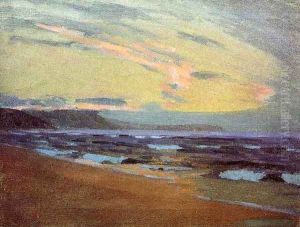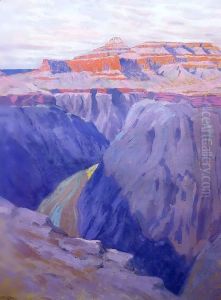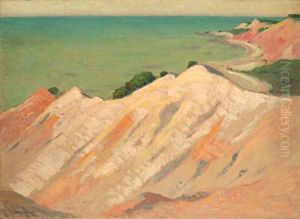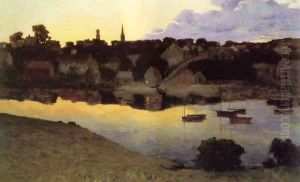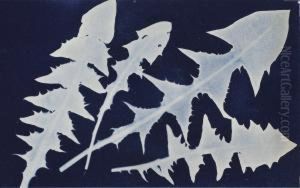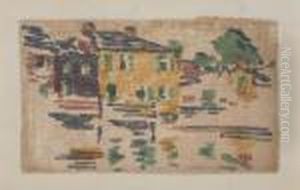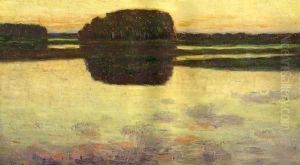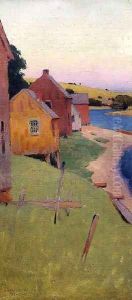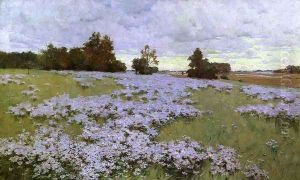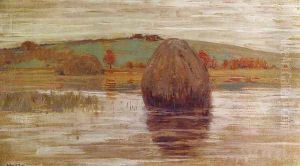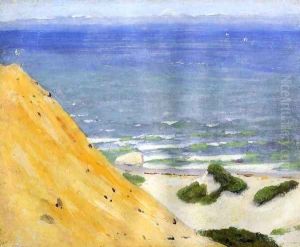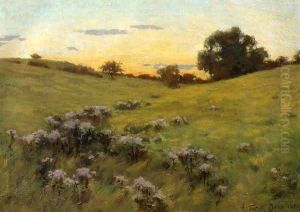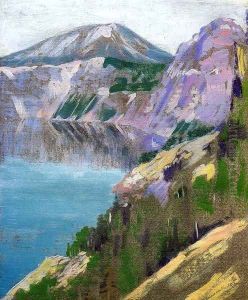Arthur Wesley Dow Paintings
Arthur Wesley Dow was an influential American artist, educator, and arts administrator who played a significant role in the arts and crafts movement in the United States. Born on April 6, 1857, in Ipswich, Massachusetts, Dow was a versatile artist known for his paintings, photography, and printmaking. He was particularly renowned for his innovative approach to art education that emphasized creativity and the importance of design principles.
Dow studied at the Massachusetts Normal Art School in Boston and later at the Académie Julian in Paris, where he was exposed to Japonism, which greatly influenced his work. He was impressed by the simplicity and clarity of Japanese art, which inspired him to explore the use of line, color, and composition in his own work.
After returning to the United States, Dow became a prominent figure in art education, advocating for a more expressive and individual approach to art-making, rather than the imitation of European styles that was common at the time. In 1899, he published his influential book 'Composition: A Series of Exercises in Art Structure for the Use of Students and Teachers', which became a seminal text in the field of art education. The book outlined his philosophy of art and provided exercises to help students develop their understanding of design elements.
Dow's contributions to the field of art went beyond education. He was a prolific artist, creating beautiful works in various media, including oil paintings, watercolors, and prints. His artwork often depicted tranquil scenes of nature and was characterized by a sense of harmony and balance, reflecting his interest in Eastern aesthetics.
In addition to his artistic and educational pursuits, Dow also held several administrative roles. He served as the director of the Ipswich Summer School of Art, was a founding member of the Ipswich Museum, and taught at institutions such as the Pratt Institute in Brooklyn and Columbia University in New York City.
Arthur Wesley Dow's impact on the American art scene was considerable. He influenced a generation of artists and designers through his teachings and his emphasis on the synthesis of Eastern and Western art traditions. Dow passed away on December 13, 1922, but his legacy lives on through his art and his contributions to art education.
